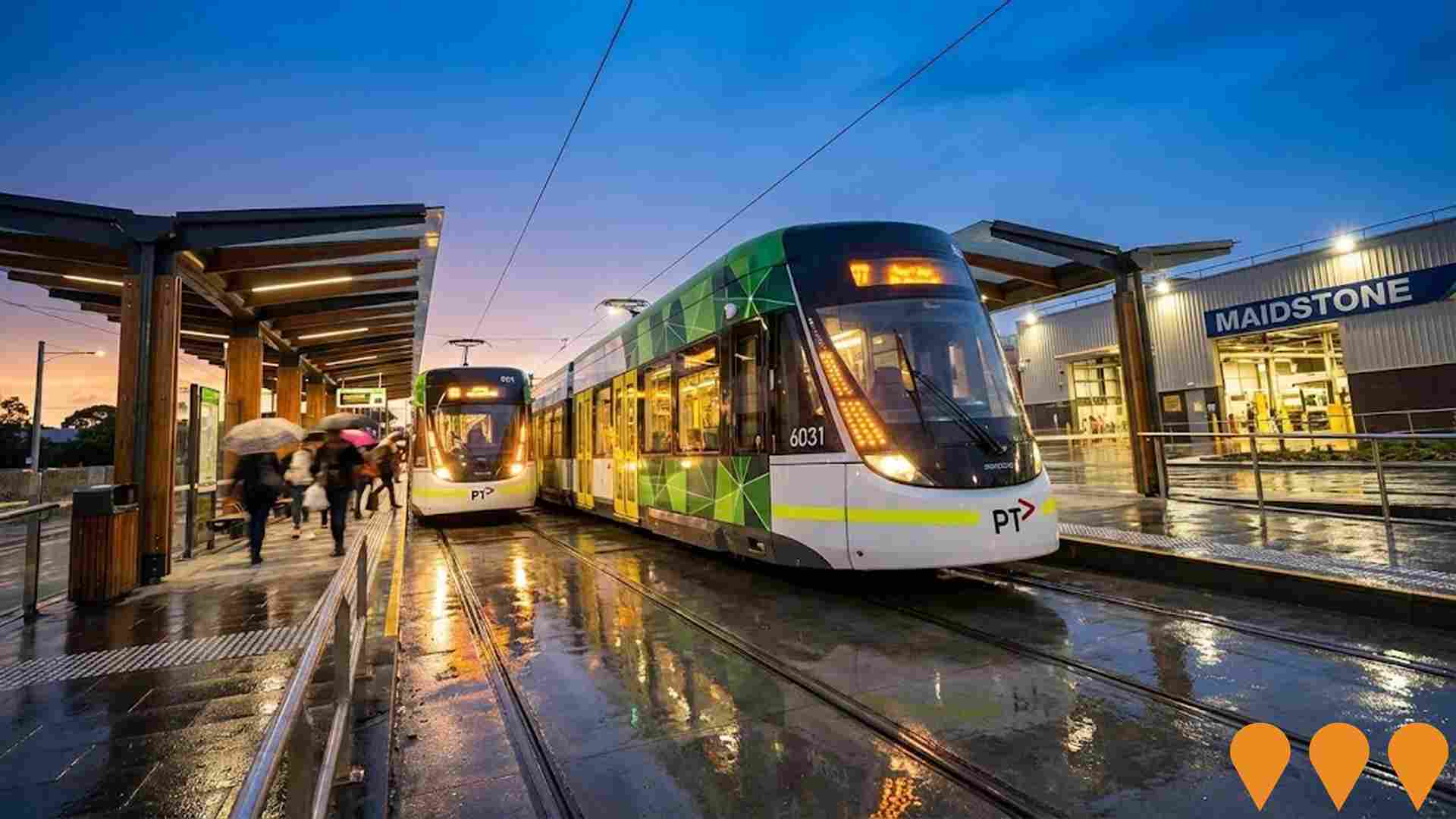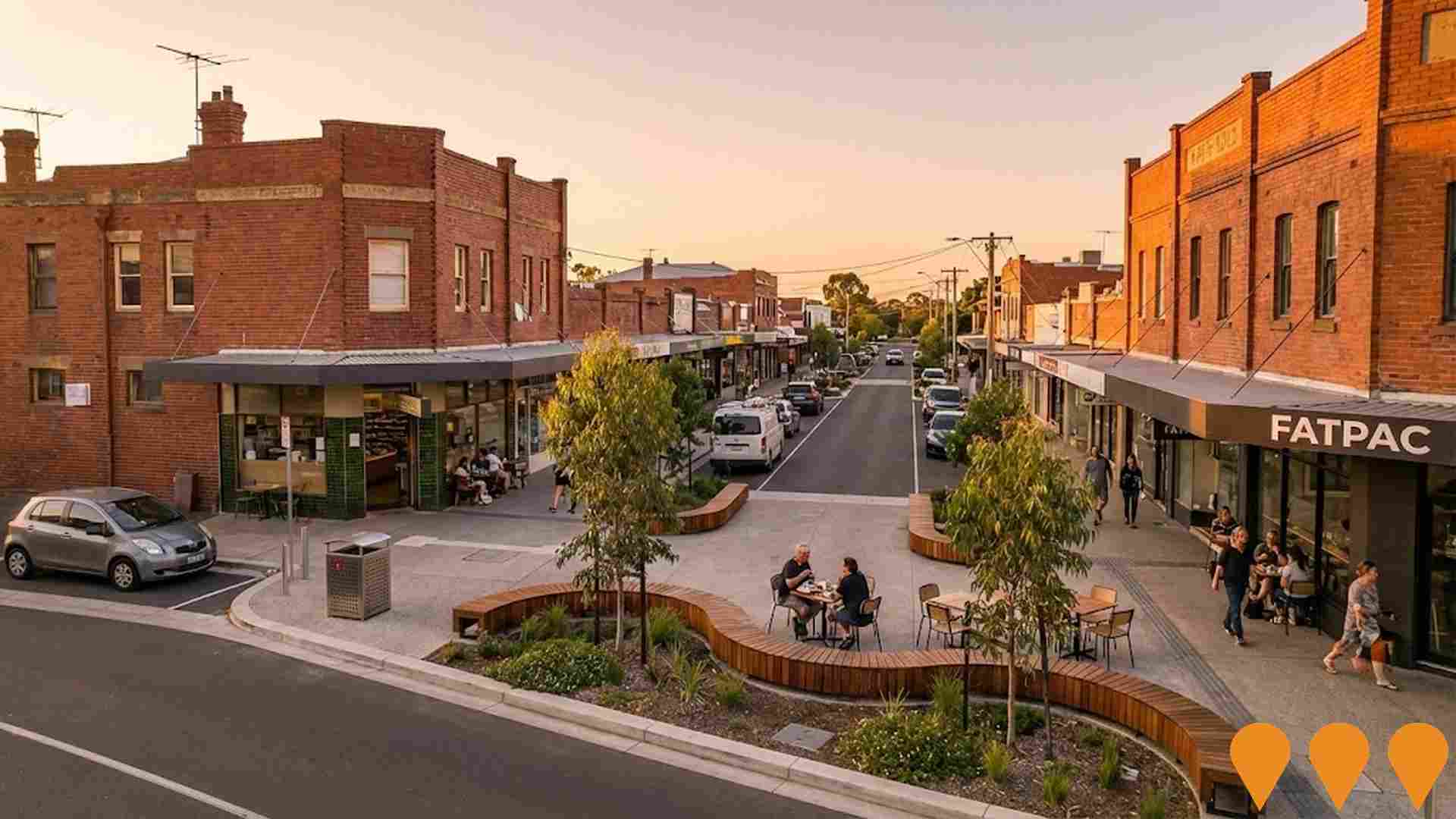Chart Color Schemes
est. as @ -- *
ABS ERP | -- people | --
2021 Census | -- people
Sales Activity
Curious about local property values? Filter the chart to assess the volume and appreciation (including resales) trends and regional comparisons, or scroll to the map below view this information at an individual property level.
Find a Recent Sale
Sales Detail
Population
An assessment of population growth drivers in Sunshine reveals an overall ranking slightly below national averages considering recent, and medium term trends
Sunshine's population, as of August 2025, is approximately 10,117, reflecting an increase of 672 people since the 2021 Census. This growth represents a 7.1% rise from the previous figure of 9,445. The change is inferred from ABS data showing an estimated resident population of 10,104 in June 2024 and an additional 182 validated new addresses since the Census date. This results in a population density ratio of 2,138 persons per square kilometer, which exceeds the average seen across national locations assessed by AreaSearch. Sunshine's growth of 7.1% since the 2021 census is higher than the SA3 area's growth rate of 2.2%, indicating it as a growth leader in the region. Overseas migration contributed approximately 89.1% of overall population gains during recent periods, driving this growth.
AreaSearch uses ABS/Geoscience Australia projections for each SA2 area, released in 2024 with a base year of 2022. For areas not covered by this data, AreaSearch employs VIC State Government's Regional/LGA projections released in 2023, with adjustments made using weighted aggregation methods from LGA to SA2 levels. Growth rates by age group are applied across all areas for years 2032 to 2041. Looking ahead, significant population growth is forecast for the area, with an expected increase of 3,487 persons by 2041 based on the latest population numbers. This represents a total increase of 34.3% over the 17-year period.
Frequently Asked Questions - Population
Development
Residential development activity is lower than average in Sunshine according to AreaSearch's national comparison of local real estate markets
Sunshine has averaged approximately 49 new dwelling approvals annually. Over the past five financial years, from FY21 to FY25, a total of 248 homes were approved, with an additional 2 approved so far in FY26. The average construction cost value of these new homes is $441,000, aligning with regional patterns.
In terms of commercial development, Sunshine has recorded $48.4 million in approvals this financial year, indicating robust local business investment. Comparing Sunshine to Greater Melbourne, the former shows 69.0% higher new home approvals per person, offering buyers greater choice. The new development composition consists of 24.0% standalone homes and 76.0% attached dwellings, reflecting a shift towards higher-density living to create more affordable entry points for downsizers, investors, and first-home buyers. This represents a notable change from the area's existing housing stock, which is currently 69.0% houses. With around 271 people per dwelling approval, Sunshine indicates a developing market. Population forecasts project Sunshine will gain approximately 3,474 residents by 2041.
If current development rates continue, housing supply may not keep pace with population growth, potentially increasing competition among buyers and supporting stronger price growth.
Frequently Asked Questions - Development
Infrastructure
Sunshine has strong levels of nearby infrastructure activity, ranking in the top 30% nationally
Changes to local infrastructure significantly affect an area's performance. AreaSearch identified twelve projects expected to impact the area. Notable projects include Sunshine Superhub and Albion Station Upgrade, Next Generation Trams, Sunshine Priority Precinct Vision 2050, and Western Rail Plan. The following list details those considered most relevant.
Professional plan users can use the search below to filter and access additional projects.
INFRASTRUCTURE SEARCH
 Denotes AI-based impression for illustrative purposes only, not to be taken as definitive under any circumstances. Please follow links and conduct other investigations from the project's source for actual imagery. Developers and project owners wishing us to use original imagery please Contact Us and we will do so.
Denotes AI-based impression for illustrative purposes only, not to be taken as definitive under any circumstances. Please follow links and conduct other investigations from the project's source for actual imagery. Developers and project owners wishing us to use original imagery please Contact Us and we will do so.
Frequently Asked Questions - Infrastructure
Sunshine Priority Precinct Vision 2050
The Sunshine Priority Precinct Vision 2050 is the long-term urban renewal strategy to establish Sunshine as Melbourne's western CBD and capital of the west. It leverages major transport investments, including the $4.1 billion Sunshine Superhub (part of the Melbourne Airport Rail project) and the $80 million Albion Station redevelopment, to accommodate significant growth. The vision anticipates the population more than doubling (up to 43,000 additional residents by 2051, targeting a total population around 70,000), 20,000 to 50,000 new jobs (centered on health, education, technology, and manufacturing sectors), up to 26,000 new homes, and $8-20 billion in total investment potential over the next 30 years. Key associated planning and development projects include the Sunshine Station Precinct Masterplan (released Oct 2022, with $143 million committed for stage one works), the Albion Quarter Structure Plan (developing in 2024-2025), and the Sunshine Energy Park Vision Plan.

Sunshine Superhub and Albion Station Upgrade
Major redevelopment of Sunshine Station to create a transport superhub and deliver a new Albion Station, enabling the Melbourne Airport Rail and future Melton line electrification. The works span over 6km from West Footscray to Albion, and include two new dedicated regional platforms, an extended concourse, three new rail bridges, upgraded tracks, new signalling, and realigned passenger and freight lines. The project is a joint investment by the Australian and Victorian governments to increase capacity to over 40 trains per hour, providing a key connection point between regional, metropolitan, and airport rail services. The initial works package is expected to be awarded in early 2026, with major works beginning in early 2026 and completion by 2030. Planning consultation for the Superhub is ongoing, with concept designs for Sunshine Station expected later in 2025.
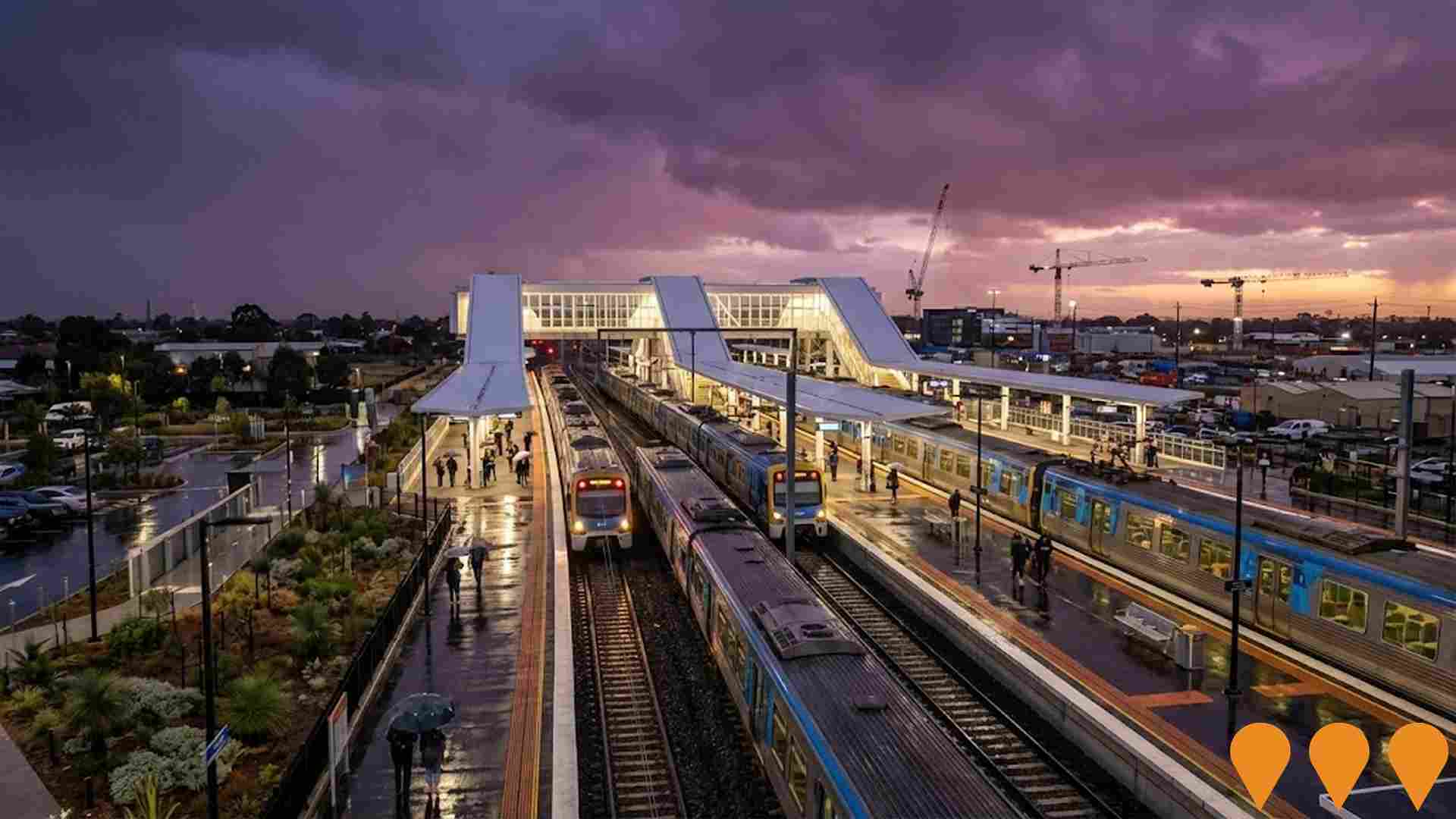
Sunshine Precinct Development
Comprehensive long-term urban renewal plan to transform the Sunshine area, particularly around the station, into a major activity centre, western CBD, and transport 'superhub'. It leverages the Melbourne Airport Rail connection and includes the Sunshine Station Masterplan, the Albion Quarter Structure Plan, transport improvements, and a focus on mixed-use developments, health, education, and employment (50,000 new jobs by 2055). The first stage of the Sunshine Station Masterplan, funded with $143 million, includes a new bus interchange, station plaza, shared user paths, and open space, with works underway as part of the Melbourne Airport Rail project. The broader precinct vision aims to unlock up to $8 billion of investment potential and accommodate significant population and job growth over the next 30 years.

Luma Sunshine North
Master-planned all-electric sustainable community by Development Victoria on the former City West Water site in Sunshine North. Delivering ~300 energy-efficient townhouses (1-4 bedrooms, 7+ star NatHERS, 5kW solar + battery storage). Stage 1 (86 homes) completed and residents moved in 2025. Stage 2 (85 homes) under construction, expected completion late 2026. Stage 3 (125 homes) in detailed planning, construction to commence 2028 with overall completion 2029. Includes completed 3,600sqm Willowbark Park, future bridge over Stony Creek, planned local retail and affordable housing via Priority Access program.
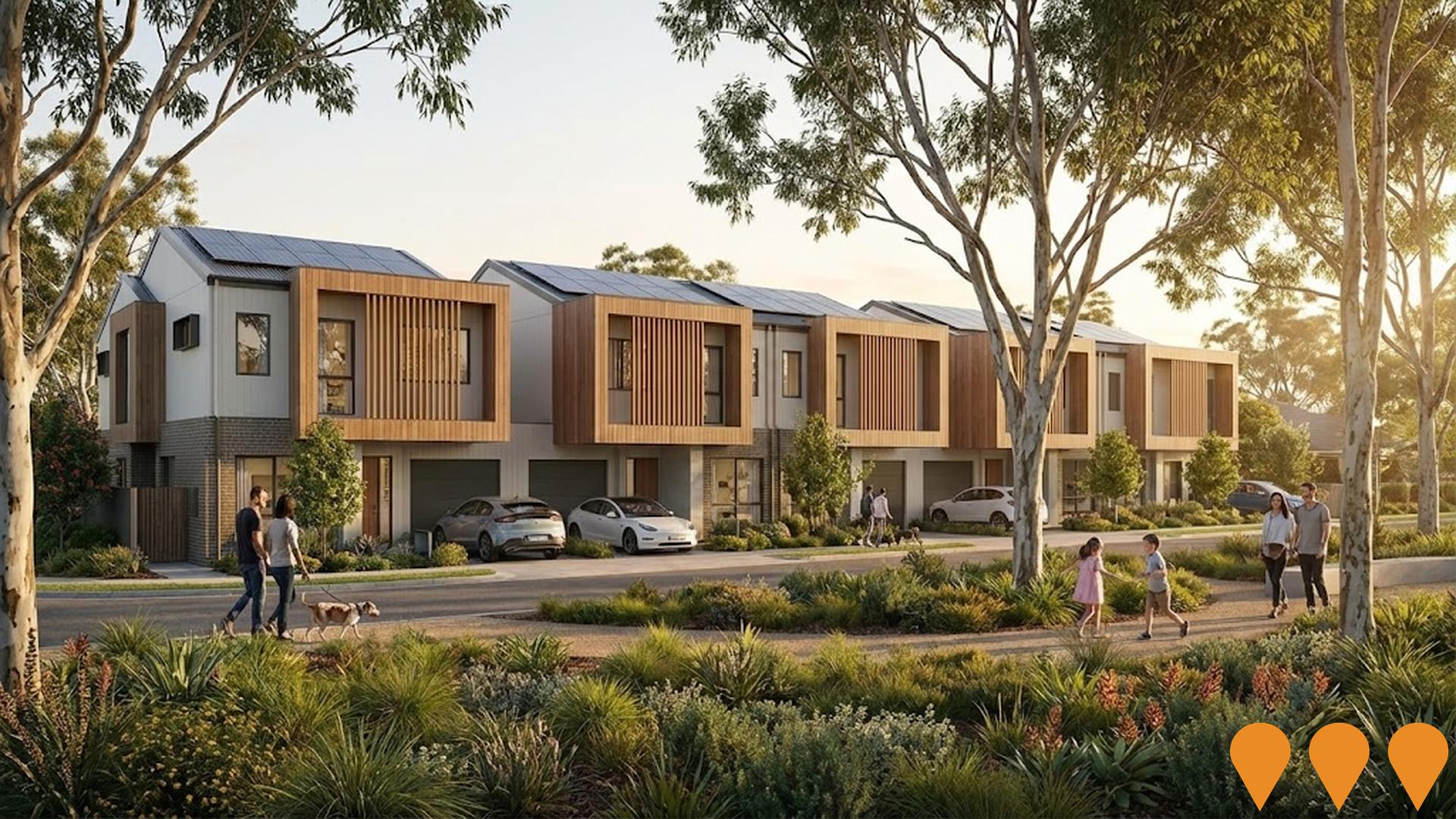
Albion Quarter Structure Plan
The Albion Quarter Structure Plan is a long-term vision led by the Victorian Department of Transport and Planning to transform the industrial area around the upgraded Albion Station into a vibrant mixed-use precinct. It will deliver next-generation employment, innovation hubs, community services and new housing, capitalising on the Metro Tunnel Project (opened 2025) and the broader Sunshine Super Hub vision for Melbourne's central-west.

Western Rail Plan
The Western Rail Plan is an umbrella program to deliver a faster, high-capacity rail network for Melbourne's growing western suburbs and regional connections. Key components include the Sunshine Superhub upgrades (realigning tracks from West Footscray to Albion to enable >40 trains/hour), preparation for Melbourne Airport Rail integration, and future electrification/extension of metro services to Melton and Wyndham Vale. Geelong Fast Rail components have been discontinued by the Commonwealth; focus is now on capacity enhancements and electrification planning via ongoing business cases and detailed design (supported by $130m joint funding). Works on the Sunshine Superhub are due to commence early 2026 for completion around 2030.

Vietnamese Museum Australia
Australia's first museum dedicated to preserving and sharing the story of Vietnamese refugee settlement in Australia. The three-storey building, designed by Konzepte Melbourne, features a wave-like facade and bamboo exterior details symbolizing the journey to freedom. Estimated cost $20 million, with funding including $10M Federal, $8.7M State, and community contributions. It will house over 100,000 stories on veterans, refugees, and Vietnamese Australians, as part of the Multicultural Museums Victoria network. Construction progressing steadily, with completion expected in May 2026.
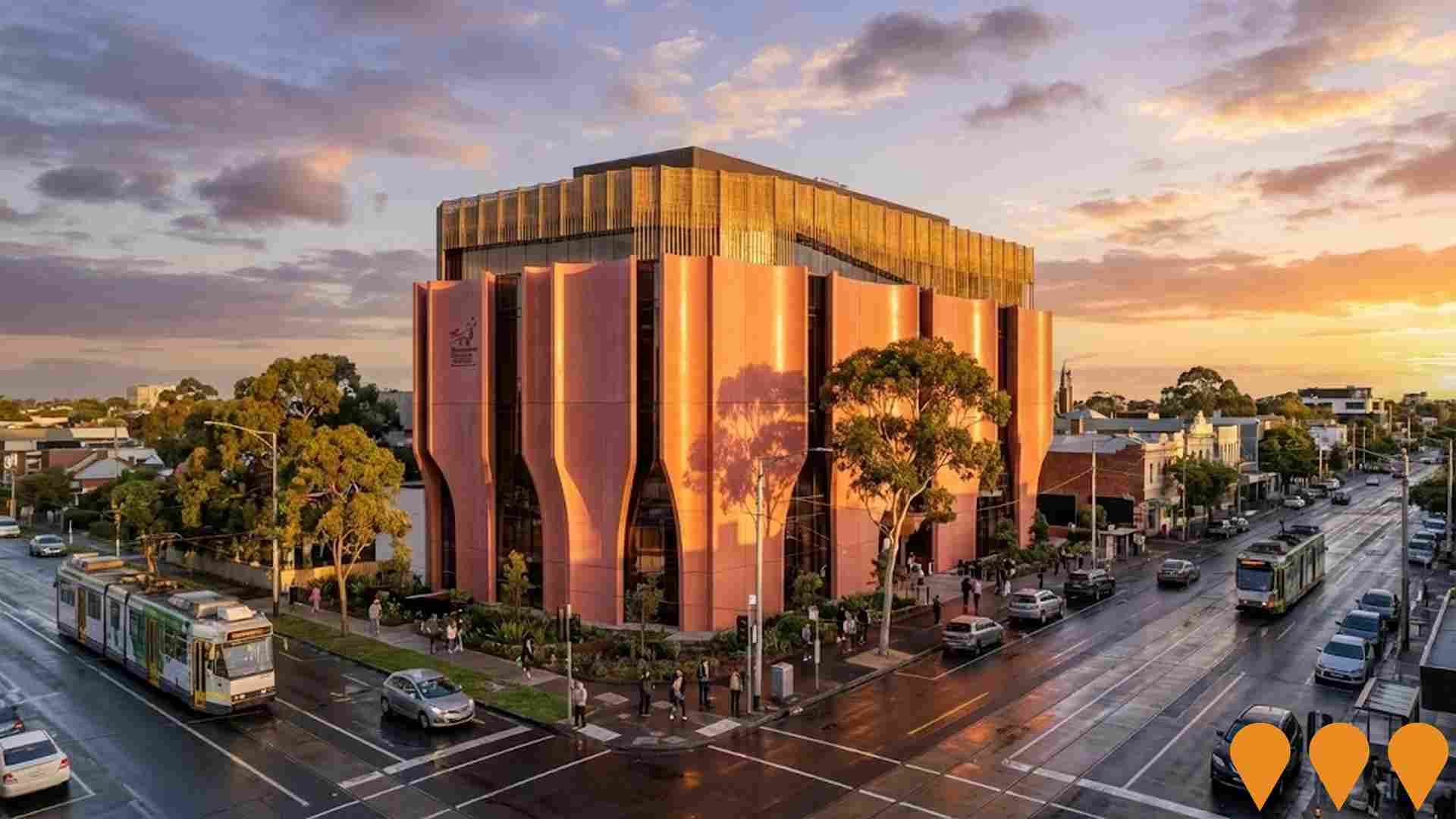
Melbourne Airport Rail - Sunshine to Albion Package
Part of Melbourne Airport Rail connecting passengers from Sunshine to Melbourne Airport via Albion. Includes station upgrades, new railway infrastructure, and integration with existing public transport network. Expected to reduce travel times significantly.
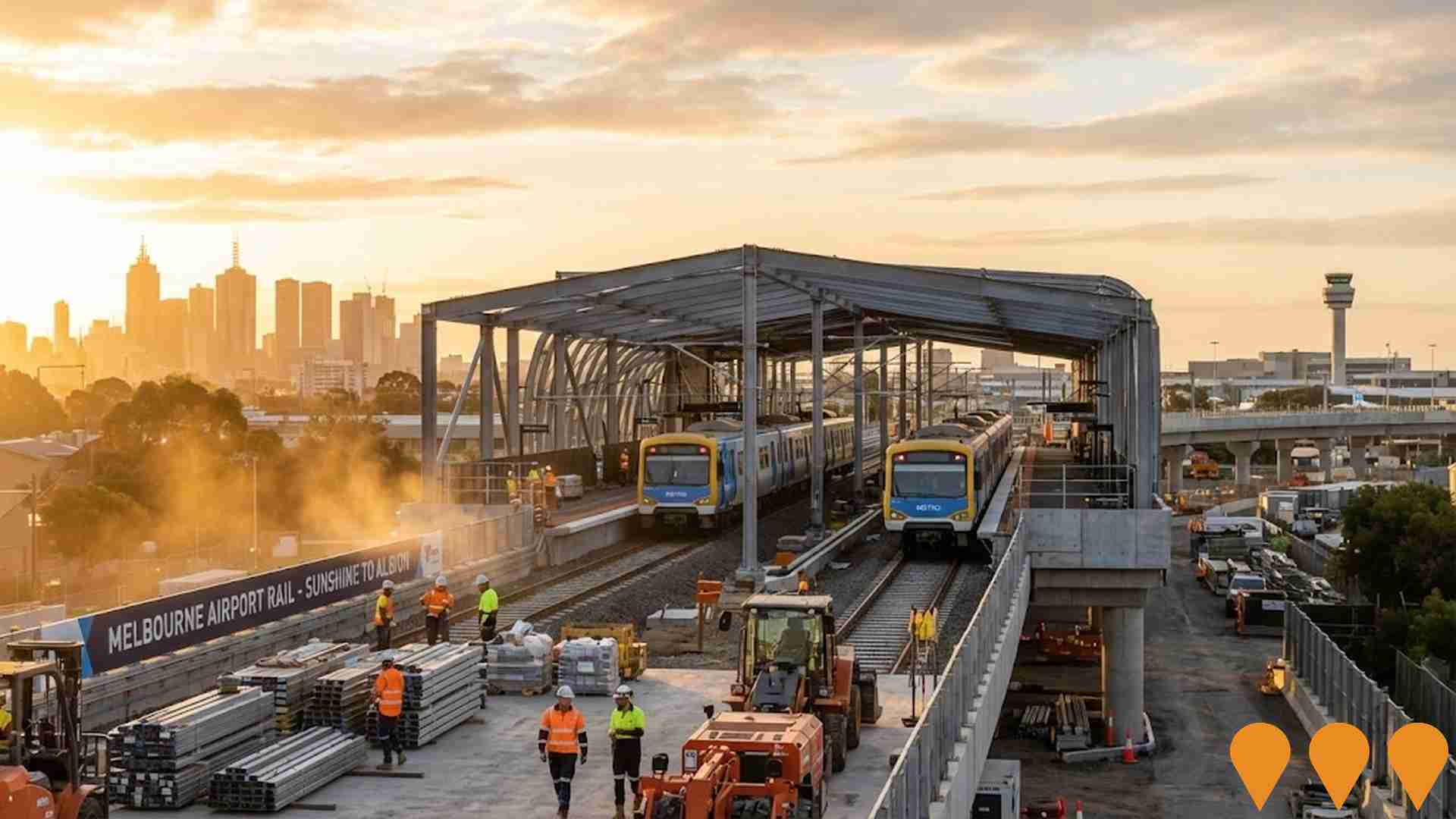
Employment
Employment performance in Sunshine has been below expectations when compared to most other areas nationally
Sunshine's workforce comprises well-educated residents with diverse sector representation. The unemployment rate was 7.3% as of June 2025.
There has been an estimated employment growth of 5.5% over the past year. As of June 2025, 5,603 residents were employed while the unemployment rate stood at 2.7% higher than Greater Melbourne's rate of 4.6%. Workforce participation in Sunshine was somewhat below standard at 60.5%, compared to Greater Melbourne's 64.1%. Leading employment industries among residents included health care & social assistance, education & training, and retail trade.
The area had a particularly notable concentration in transport, postal & warehousing, with employment levels at 1.5 times the regional average. In contrast, professional & technical services employed just 7.4% of local workers, below Greater Melbourne's 10.1%. The ratio of 0.8 workers for each resident indicated substantial local employment opportunities as at the Census. Based on AreaSearch analysis of SALM and ABS data, during the year to June 2025, employment levels increased by 5.5% while labour force increased by 5.7%, causing the unemployment rate to rise by 0.2 percentage points. By comparison, Greater Melbourne recorded employment growth of 3.5%, labour force growth of 4.0%, with unemployment rising 0.5 percentage points. Jobs and Skills Australia's national employment forecasts from May 2025 projected national employment expansion at 6.6% over five years and 13.7% over ten years, although growth rates differed significantly between industry sectors. Applying these projections to Sunshine's employment mix suggested local growth of approximately 6.3% over five years and 13.2% over ten years.
Frequently Asked Questions - Employment
Income
Income levels align closely with national averages, indicating typical economic conditions for Australian communities according to AreaSearch analysis
Sunshine's median taxpayer income was $54,025 and average income was $62,581 in financial year 2022, according to AreaSearch's aggregation of postcode level ATO data. This is slightly lower than the national average, contrasting with Greater Melbourne's median income of $54,892 and average income of $73,761 during the same period. Based on Wage Price Index growth of 12.16% since financial year 2022, estimated median income is approximately $60,594 and average income is $70,191 as of September 2025. In Sunshine, household, family, and personal incomes ranked modestly between the 30th and 39th percentiles in 2021 Census figures. The income bracket of $1,500 - 2,999 dominated with 31.1% of residents (3,146 people), mirroring regional levels where 32.8% occupied this bracket. Housing affordability pressures were severe in Sunshine, with only 82.7% of income remaining, ranking at the 39th percentile.
Frequently Asked Questions - Income
Housing
Sunshine displays a diverse mix of dwelling types, with a higher proportion of rental properties than the broader region
Sunshine's dwelling structures, as per the latest Census, consisted of 69.4% houses and 30.6% other dwellings (semi-detached, apartments, 'other' dwellings). This is compared to Melbourne metro's 81.3% houses and 18.7% other dwellings. Home ownership in Sunshine was at 27.9%, with the remaining dwellings either mortgaged (29.9%) or rented (42.2%). The median monthly mortgage repayment in Sunshine was $1,842, higher than Melbourne metro's average of $1,700. The median weekly rent figure for Sunshine was recorded at $340, compared to Melbourne metro's $346. Nationally, Sunshine's mortgage repayments are lower than the Australian average of $1,863, while rents are less than the national figure of $375.
Frequently Asked Questions - Housing
Household Composition
Sunshine features high concentrations of group households, with a lower-than-average median household size
Family households account for 66.8% of all households, consisting of 28.9% couples with children, 21.7% couples without children, and 13.6% single parent families. Non-family households make up the remaining 33.2%, with lone person households at 25.5% and group households comprising 7.7% of the total. The median household size is 2.6 people, which is smaller than the Greater Melbourne average of 2.9.
Frequently Asked Questions - Households
Local Schools & Education
Educational attainment in Sunshine aligns closely with national averages, showing typical qualification patterns and performance metrics
Sunshine's educational attainment exceeds broader averages, with 35.4% of residents aged 15+ holding university qualifications compared to 23.9%. This is led by bachelor degrees at 22.6%, followed by postgraduate qualifications (9.8%) and graduate diplomas (3.0%). Vocational pathways account for 24.2%, including advanced diplomas (9.4%) and certificates (14.8%). Educational participation is high, with 31.3% currently enrolled in formal education, comprising 8.4% in primary, 7.2% in tertiary, and 5.9% in secondary education.
Sunshine has a robust network of 6 schools educating approximately 901 students, operating under typical Australian school conditions (ICSEA: 1011). Educational provision is split between 3 primary and 3 secondary institutions, with school places per 100 residents at 8.9, below the regional average of 14.3, indicating some students may attend schools in adjacent areas. Note that where schools show 'n/a' for enrolments, please refer to the parent campus.
Frequently Asked Questions - Education
Schools Detail
Nearby Services & Amenities
Transport
Transport servicing is high compared to other areas nationally based on assessment of service frequency, route connectivity and accessibility
Sunshine has 100 active public transport stops offering a mix of train and bus services. These stops are served by 36 unique routes that facilitate 23,696 weekly passenger trips in total. Residents enjoy excellent transport accessibility, with an average distance of 131 meters to the nearest stop.
The service frequency across all routes is 3,385 trips per day, which translates to approximately 236 weekly trips per individual stop.
Frequently Asked Questions - Transport
Transport Stops Detail
Health
Sunshine's residents are extremely healthy with prevalence of common health conditions low among the general population and nearer the nation's average across older, at risk cohorts
Analysis of health metrics shows strong performance throughout Sunshine. Prevalence of common health conditions is low among the general population and nears the nation's average across older, at-risk cohorts.
Private health cover rate is approximately 51% of the total population (~5,169 people), slightly lagging the average SA2 area's 48.1%. The most common medical conditions are asthma and mental health issues, impacting 7.1 and 7.0% respectively. 74.4% declare themselves completely clear of medical ailments, compared to Greater Melbourne's 73.5%. 13.2% of residents are aged 65 and over (1,337 people), lower than Greater Melbourne's 17.9%. Health outcomes among seniors require more attention than the broader population.
Frequently Asked Questions - Health
Cultural Diversity
Sunshine is among the most culturally diverse areas in the country based on AreaSearch assessment of a range of language and cultural background related metrics
Sunshine has one of the highest cultural diversities in the country, with 56.6% of its population speaking a language other than English at home and 51.3% born overseas. Christianity is the predominant religion in Sunshine, comprising 40.1% of people. However, Buddhism is notably overrepresented at 11.1%, compared to 12.5% across Greater Melbourne.
The top three ancestry groups are Other (20.3%), English (14.7%), and Australian (13.6%). There are notable divergences in the representation of certain ethnic groups: Vietnamese is overrepresented at 13.5% (vs 15.7% regionally), Maltese at 1.4% (vs 4.6%), and Croatian at 1.0% (vs 2.2%).
Frequently Asked Questions - Diversity
Age
Sunshine's population is younger than the national pattern
Sunshine's median age of 35 years is slightly younger than Greater Melbourne's 37 and the national average of 38. The 25-34 age group comprises 19.8%, higher than Greater Melbourne but lower than the national average of 14.5%. The 75-84 cohort stands at 3.8%. Between 2021 and present, the 5-14 age group has increased from 10.0% to 10.8%, while the 25-34 cohort has decreased from 21.0% to 19.8%. By 2041, population forecasts indicate significant growth in the 55-64 age cohort, rising by 635 people (62%) from 1,030 to 1,666.

